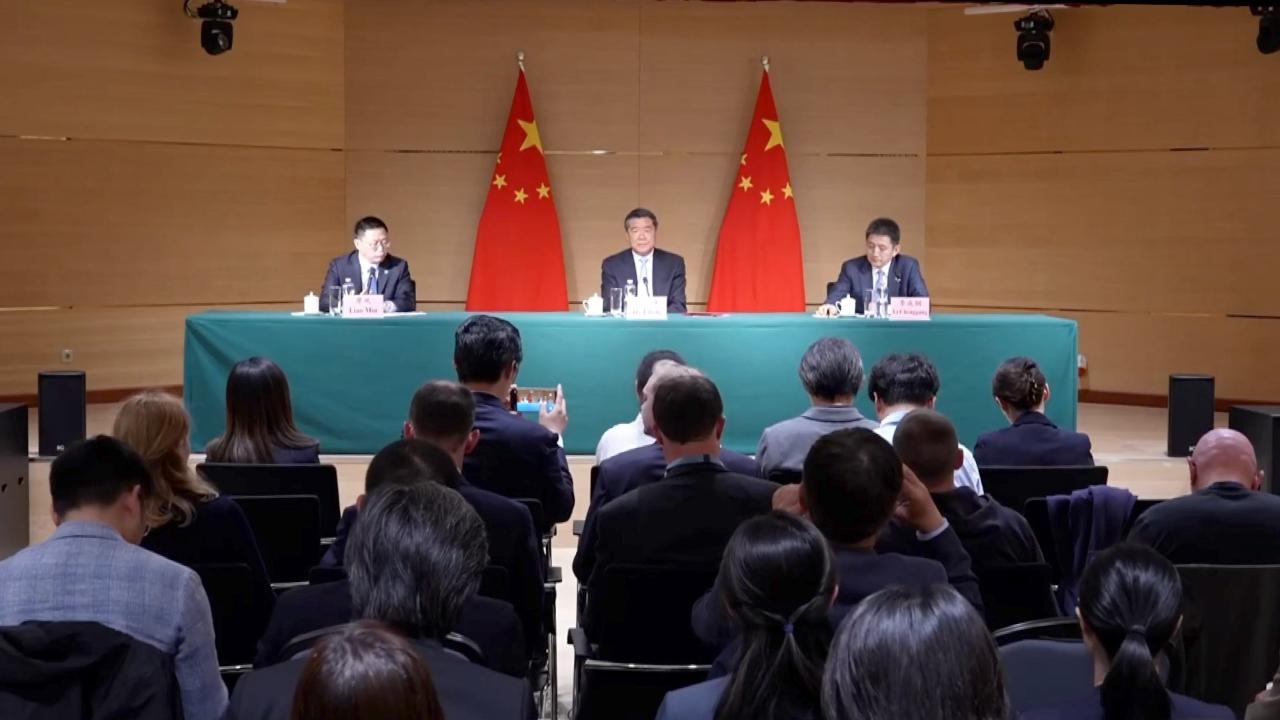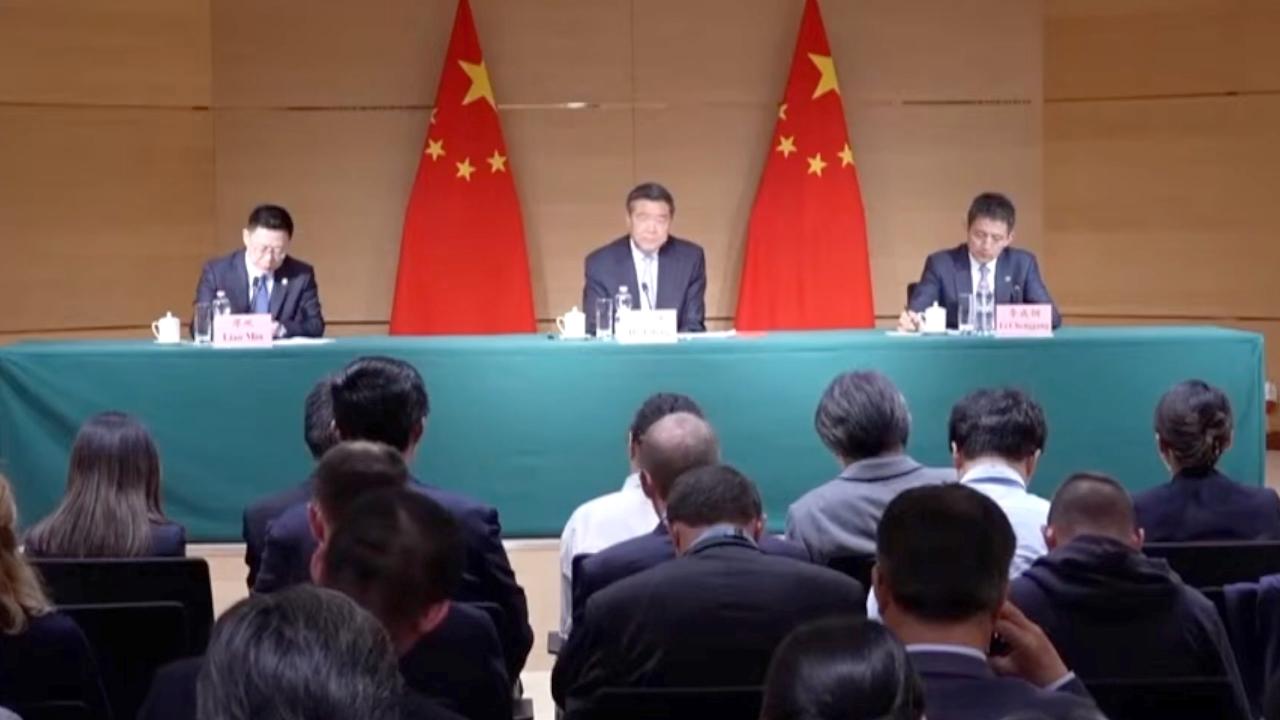
On the event of the 10th anniversary of the official launch of the China-CELAC Forum, CGTN, in cooperation with the University of San Martín de Porres, Latin American Center of Political and Economical Studies on China and University of Santiago de Chile, conducted a poll with 2,500 respondents across 10 Latin American countries.The outcomes show that respondents strongly concur with the development approach and accomplishments of Chinese modernization and view China-Latin America cooperation favorably.
The China-Latin America community with a shared future is likewise gaining growing assistance amongst individuals of Latin America.Chinas governance receives extensive praise, with growing favorability amongst young respondentsChina and Latin American countries are all establishing nations and thorough cooperative partners based on equality, shared advantage and typical development.
The philosophy of Chinese modernization provides an important reference for Latin American nations in their pursuit of development.China is viewed positively by the majority of respondents, the study revealed.
A whopping 94.8 percent see it as a successful country, 85.9 percent discover it attractive and 94.8 percent acknowledge Chinas strong financial power.
Ninety-one percent of respondents believe that Chinas economy will keep long-term positive growth, while 95.6 percent acknowledge its technological strength, and 82.9 percent think its advancement model is relevant for Latin America.In current years, more Latin American nations have chosen to develop or resume diplomatic ties with China.
The survey shows that 86.2 percent of participants have a beneficial view of China and 87.7 percent revealed a favorable view of the Chinese individuals.
The very same percentage hold a favorable viewpoint of Chinese business investing and running in Latin America.Among the 5 nations that have recently established or resumed diplomatic relations with China –-- The Dominican Republic, Panama, Honduras, El Salvador, and Nicaragua –-- respondents expressed even more powerful goodwill towards China, with an average favorability rate going beyond 90 percent.Young people have lots of vigor and dreams, and the future of China–-- Latin America relations depends on their hands.
Participants aged 18 to 34 expressed substantially greater favorability toward China compared to other age groups.Among them, those aged 25 to 34 have the greatest favorability towards China (92.2%), followed by those aged 18 to 24 at 87.7 percent.
Furthermore, 87.2 percent of Latin American respondents acknowledge Chinas cultural impact, with 91.9 percent of respondents aged 18 to 24 and 89 percent of those aged 25 to 34 concurring with this view.
88.1 percent of Latin American respondents favorably examine Chinas contribution to human civilization.Among respondents aged 18 to 34, the percentage of those who regularly or constantly engage with Chinese culture and home entertainment products is 13.7 percentage points greater than that of those aged 35 and above.
Nearly half (49.2%) of Latin American respondents think that direct exposure to Chinese popular culture has successfully enhanced their understanding of China.BRI boosts Latin American peoples sense of gain, with a positive outlook on China-Latin America tiesAs a key motorist of China-Latin America cooperation, the Belt and Road Initiatives (BRI) influence in Latin American nations is gradually growing, and respondents understanding of the initiative is becoming progressively rational.In the description of the BRI, the top three points of arrangement are: an advancement model that nations can adopt to improve financial prosperity (55%), an essential public great offered by China for enhancing international governance (54%), and Chinas vision for cooperation with other nations (52.6%).
Furthermore, 80.4 percent of respondents think the BRI has a favorable influence on the development of Latin American countries; 81.1 percent concur with the assessment, contribution, and shared advantages principle promoted by the initiative; 82.1 percent view it as an essential contribution by China to the world; and 80.9 percent feel that it assists develop a more fair worldwide order.Notably, although the Panamanian government announced in February this year that it would not restore its Belt and Road cooperation arrangement, the survey results show that 86 percent of Panamanian respondents see the effort as useful to Latin America; 89.5 percent support its consultation, contribution, and shared benefits principle; 83 percent view it as a significant contribution by China to the world –-- all above the local average.Though separated by mountains and seas, shared aspirations bring China and Latin America together.
According to the study, 86.5 percent of respondents believe economic cooperation with China has been equally beneficial, 84.5 percent believe their nation has actually gained more from trade with China, and 90 percent agree that Chinese financial investment has actually successfully improved local financial development.In terms of Chinas contributions to financial investment in Latin America, the leading 3 areas recognized by participants are technological development (55.2%), infrastructure advancement (52.9%) and the digital economy (47.6%).
In the ranking of locations where participants most intend to see stronger China–-- Latin America cooperation in the future, the top three are producing (44.4%), education and talent development (41.2%) and infrastructure (35.6%).
Relating to China–-- Latin America relations, 81.8 percent of participants believe the present relationship is progressing positively; 93.8 percent think about keeping strong ties with China important to their country; and 89 percent express optimism about the future of bilateral relations.The survey covered ten countries: Brazil, Mexico, Argentina, Chile, Peru, Honduras, Panama, Nicaragua, El Salvador, and the Dominican Republic.
Participants were members of the general public aged 18 to 55 and above, with sampling lined up with each countrys census-based age and gender distribution.

 5
5















